Grow a Bee-Friendly Wildflower Meadow on Your Homestead
Plant a bee-friendly meadow to support native pollinators and fight colony collapse disorder. Learn how to grow a vibrant, pollinator-friendly space!
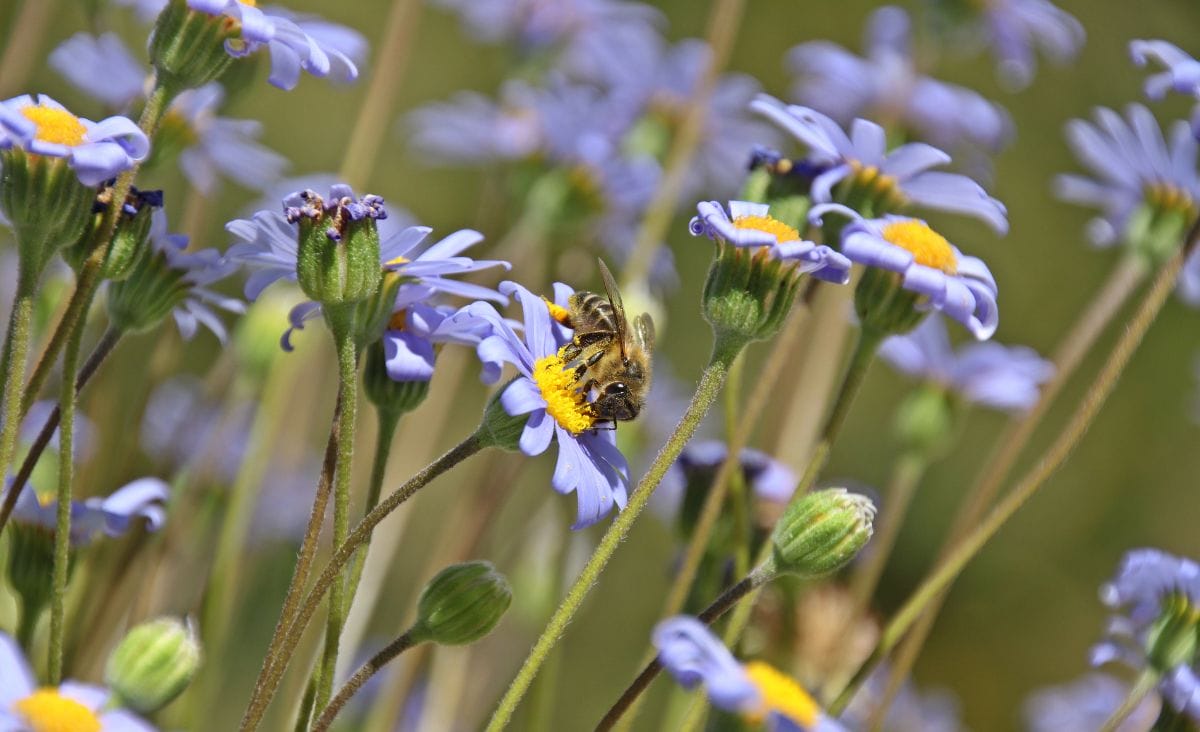
Imagine stepping outside and hearing the gentle hum of bees weaving through a vibrant meadow of wildflowers. These small pollinators are essential to our food supply and ecosystem, yet their populations are rapidly declining.
Colony Collapse Disorder and other environmental stressors have severely impacted native bee populations. But as homesteaders, we have a unique opportunity to make a difference. By planting a bee-friendly meadow filled with native flowers, we can support pollinators like bees, butterflies, and hummingbirds while adding natural beauty to our land. In this post, I’ll guide you through how to create a thriving wildflower meadow that nourishes native bees and other beneficial insects all season long.
Why Native Bees Need Our Help
Bee populations have been declining due to a combination of factors, including habitat loss, pesticide use, diseases, and climate change. Colony Collapse Disorder, where entire bee colonies disappear, has raised awareness about how fragile these vital pollinators are. Without bees, many plants—including fruits, vegetables, and flowers—would struggle to reproduce.
While honeybees often get the spotlight, native bees like bumblebees, mason bees, and leafcutter bees are just as important, and many are even more efficient pollinators. Creating a bee-friendly meadow is one of the most impactful ways to provide these species with food and shelter.
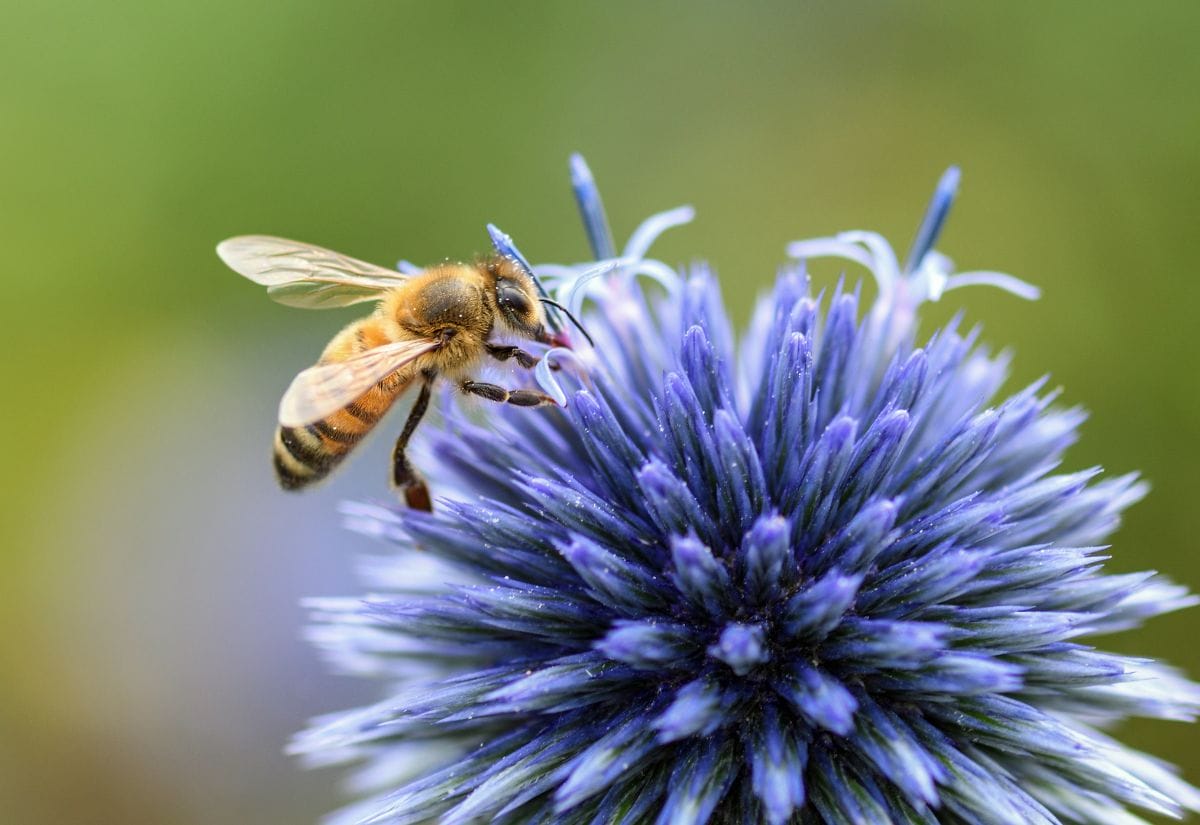
How to Plant a Bee-Friendly Meadow
Creating a thriving bee-friendly meadow starts with thoughtful planning. Before you begin planting, it’s important to understand the key steps that will help your wildflower meadow flourish and provide the best habitat for native bees and other pollinators.
Choose the Right Location
Pick a sunny spot on your property with well-draining soil. Bees are most attracted to areas with full sun exposure.
Prepare the Soil
- Remove existing grass and weeds.
- Loosen the soil using a rake or hoe.
- Avoid using herbicides or chemical fertilizers. Compost is a great natural alternative!

Select Bee-Friendly Native Plants
- Asters
- Black-Eyed Susans
- Blazing Star
- Caltrop
- Creosote Bush
- Current
- Elder
- Goldenrod
- Huckleberry
- Joe-Pye Weed
- Lupine
- Oregon Grape
- Penstemon
- Purple Cone Flower
- Rabbitbrush
- Rhododendron
- Sage
- Scorpion Weed
- Snowberry
- Stonecrop
- Sunflower
- Wild Buckwheat
- Wild Lilac
- Willow
This list is not all-inclusive, but this is a good list to start from. Your local nursery should be able to assist you further in selective native plants for your area.
Choose Several Colors
Bees prefer flowers that are blue, purple, violet, white and yellow. Plant a variety so you can attract a variety of bees.
Include Flowers of Various Shapes
Bees come in a variety of shapes and sizes. The more shapes and sizes you provide in the way of flowers, the more bees you can accommodate.
Think “All-Season”
By having flowers that bloom during different seasons, you will be providing the bees with food when they need it.
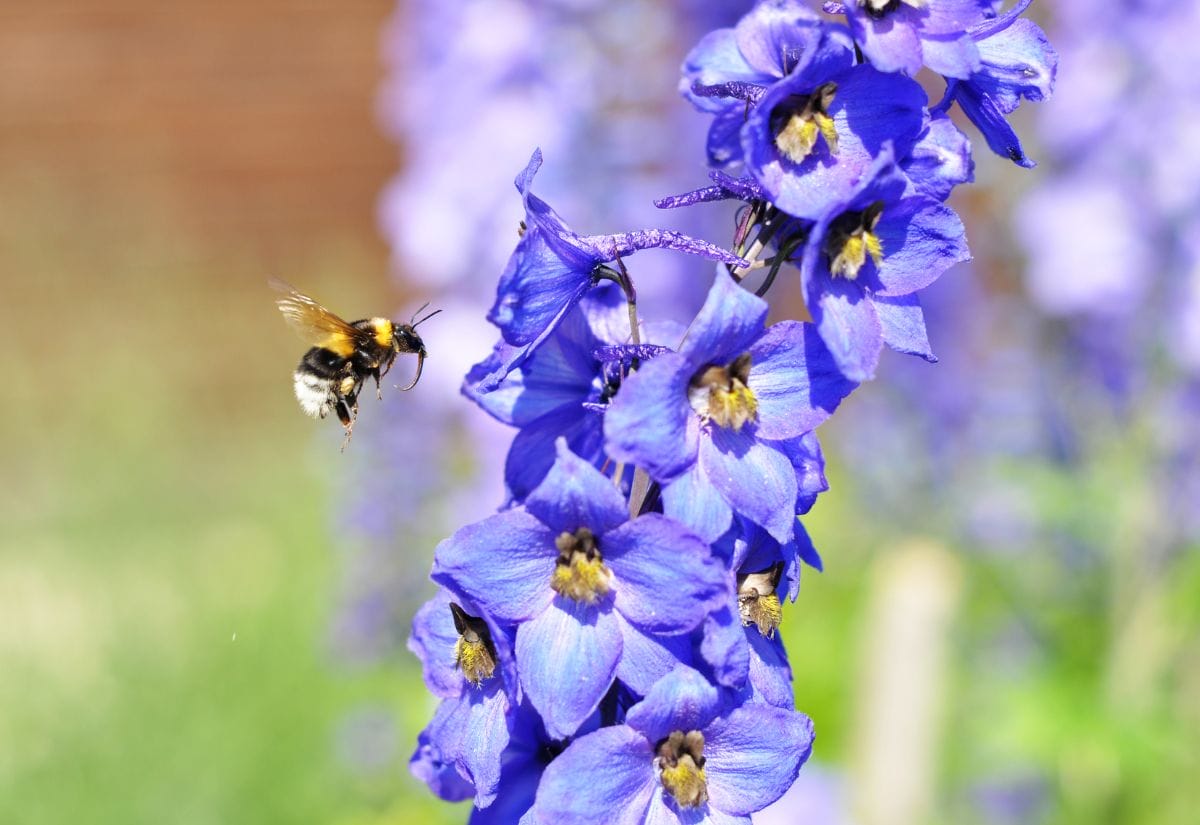
Planting the Seeds
- Mix seeds with sand for even distribution.
- Scatter seeds across the prepared soil.
- Lightly rake over the area or press seeds into the soil with a roller.
- Water gently but thoroughly after planting.
Maintain Your Meadow
- Water as needed, especially during dry spells.
- Remove invasive weeds by hand.
- Avoid pesticides and herbicides that harm pollinators.
Supporting Pollinators Beyond Flowers
Creating a meadow is just one step in building a pollinator-friendly homestead. Here are more ways to support bees and other pollinators:
Add Bee Hotels: Install small bee houses to shelter solitary bees like mason and leafcutter bees.
Leave Bare Soil: Many native bees nest in the ground, so leave small patches of bare, undisturbed soil.
Provide Water Sources: Place shallow water dishes with small stones for bees to land on and drink safely.
Avoid Pesticides: Use natural pest control methods, like companion planting or insect-repelling herbs.
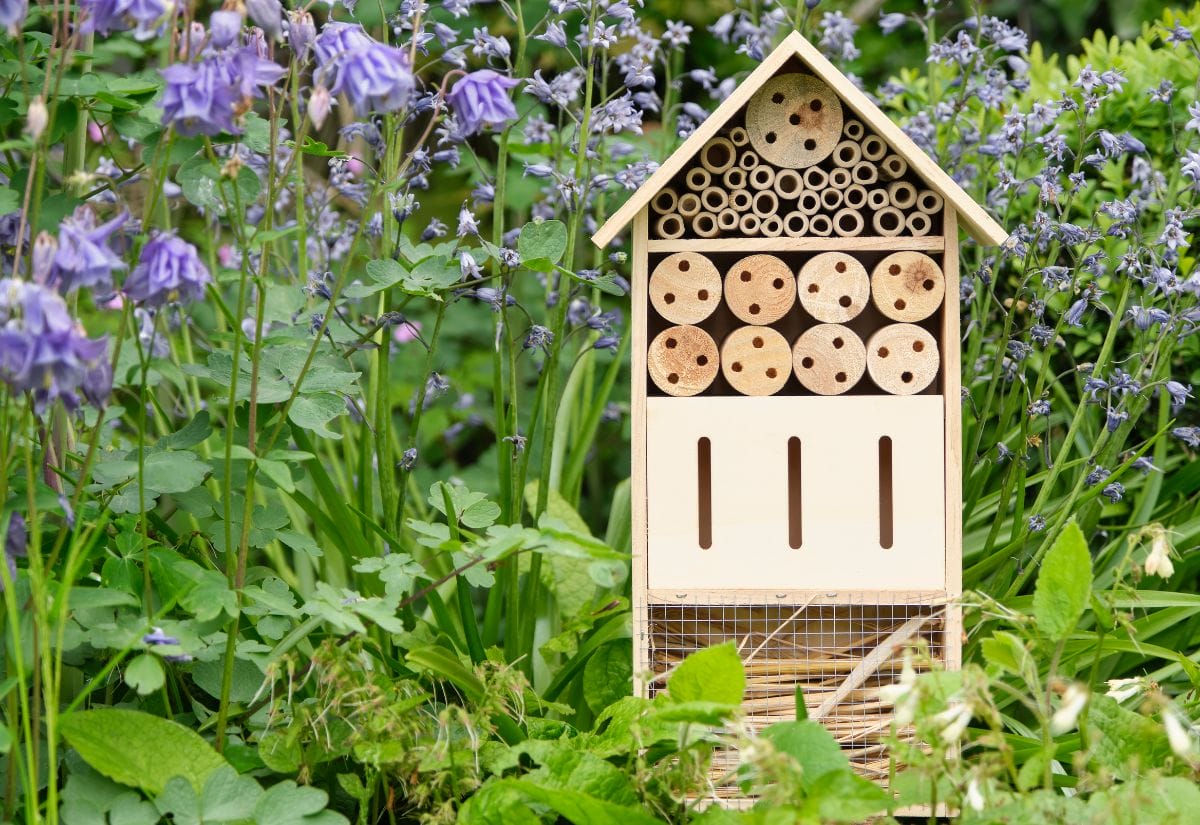
Creative Ways to Support Pollinators in Any Space
Even if you don’t have room for a full meadow, there are plenty of creative ways to support native bees and other pollinators.
Converting unused lawn areas into small pollinator patches is a simple yet impactful step. You can also incorporate native flowers directly into your vegetable gardens, allowing for dual-purpose planting that benefits both your crops and local pollinators. For those with limited space, vertical gardens or containers filled with bee-friendly flowers are excellent alternatives to create pollinator-friendly habitats on patios, balconies, or small yards.
Frequently Asked Questions About Supporting Native Bees
When I first planted my wildflower meadow, I focused on just a few species. Over time, I added plants that bloomed in early spring and late fall to provide food for bees year-round. Adding diversity ensures bees always have something to forage.
Love Pollinators? Pin This Guide to Grow a Bee-Friendly Meadow!
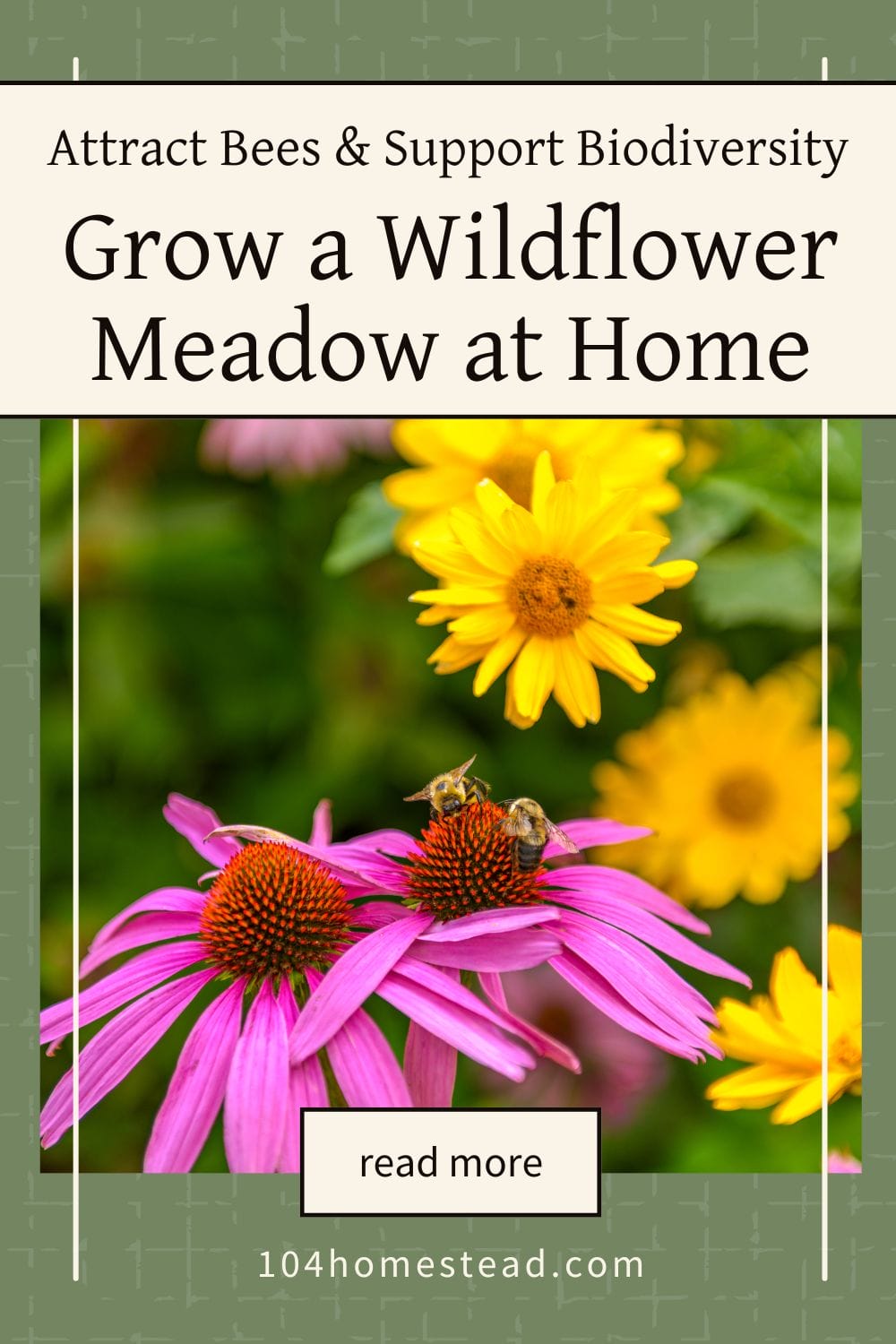
Planting a bee-friendly meadow is a rewarding way to support native pollinators while adding natural beauty to your homestead. By providing a safe and nutritious habitat, you’re helping bees thrive and contributing to a healthier environment for all.
If you’re looking to expand your pollinator-friendly garden even further, consider adding versatile plants like marigolds, which naturally repel pests, and sage, a hardy herb with both culinary and medicinal uses. Hyssop is another excellent choice, attracting bees while offering beautiful blooms. And if you’re raising chickens, you’ll love this comprehensive guide to chicken-safe plants that can keep your flock happy and healthy while supporting pollinators.
Have you planted a pollinator-friendly space on your property? Share your favorite native plants or tips in the comments below—I’d love to hear how you’re helping bees in your area!





